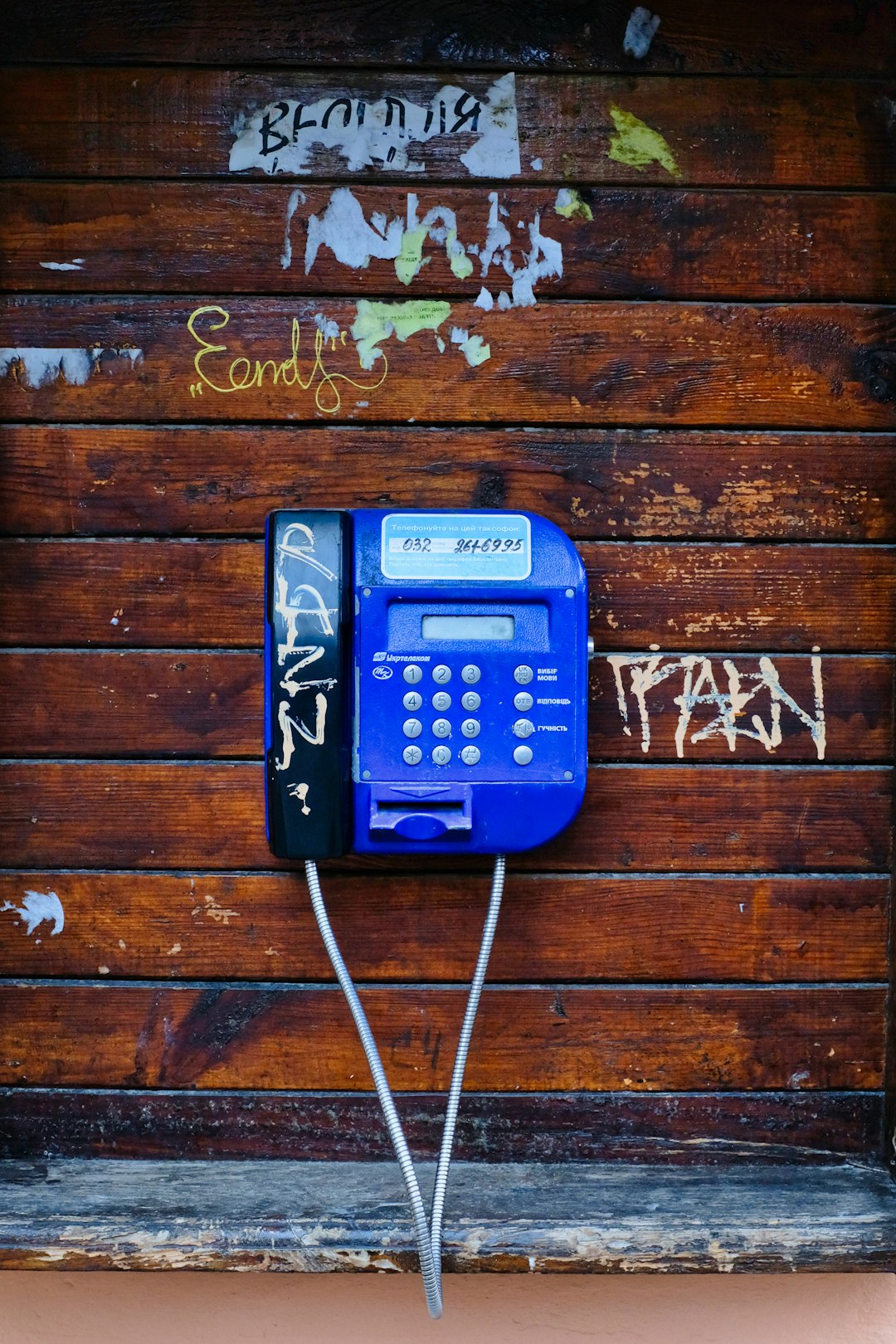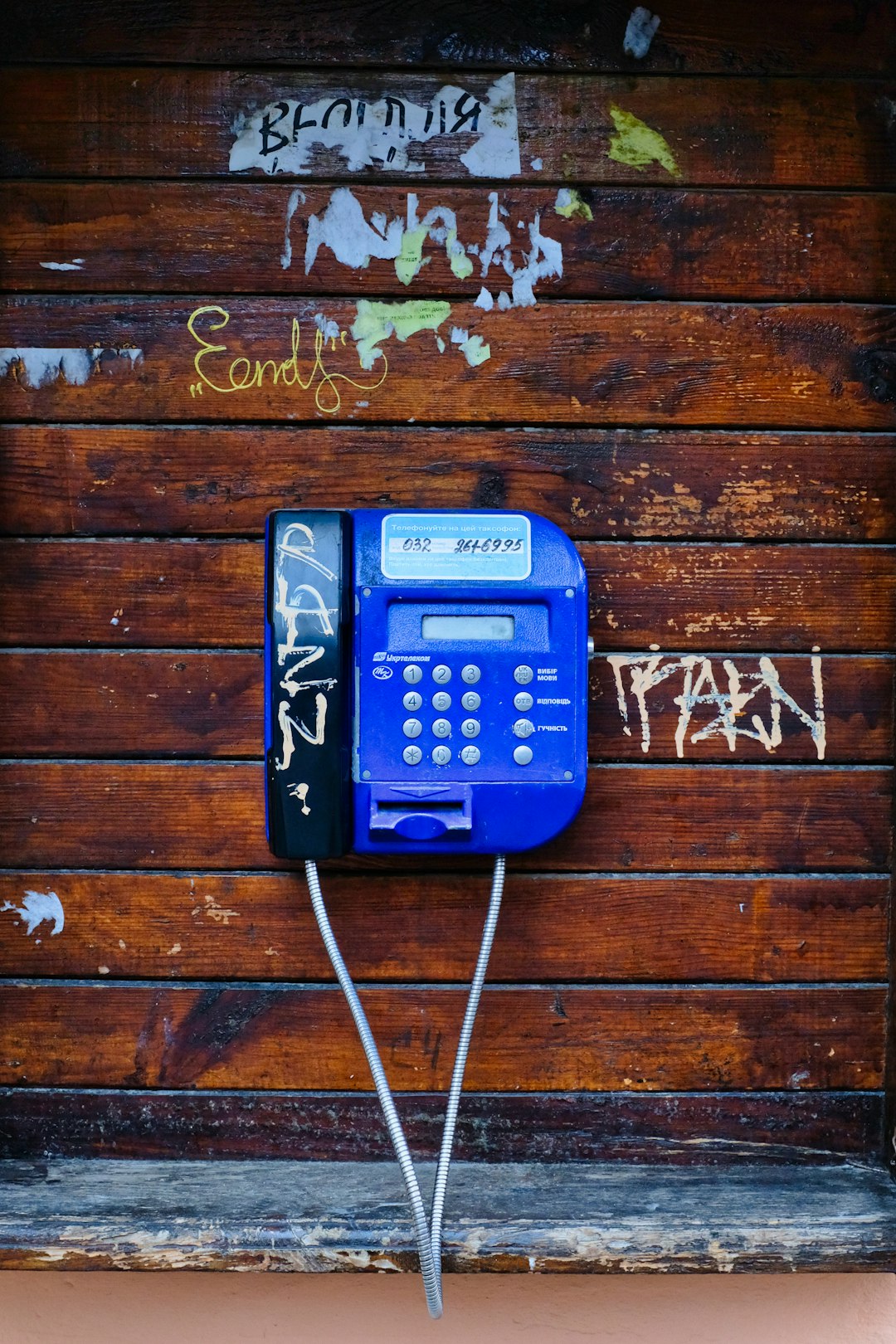To stop spam calls in Los Angeles, residents can take a data-driven approach using advanced analytics and machine learning to uncover patterns. By analyzing caller data, they identify peak times, common numbers, and geographic origins. Effective strategies include registering on the National Do Not Call Registry, using call-blocking apps or software, being selective about sharing contact info, and leveraging legal protections under California's anti-phone spamming laws (TCPA). Community efforts like awareness programs and workshops further empower Angelenos to reclaim control over their communication channels and reduce unwanted interruptions.
“Uncover the evolving landscape of spam calls in Santa Monica with our comprehensive guide. We employ a data-driven approach to explore recurring patterns, shedding light on common sources often emanating from neighboring Los Angeles. Learn practical strategies, such as identifying and blocking these nuisance calls effectively, empowering you to protect your privacy.
Understand the legal framework surrounding spamming and discover community initiatives aimed at collective action against these relentless callers. By combining data insights, practical tips, and community efforts, we equip folks in Los Angeles with the tools needed to combat spam calls once and for all.”
Uncovering Spam Call Patterns in Santa Monica: A Data-Driven Approach

Uncovering spam call patterns in Santa Monica requires a data-driven approach, leveraging advanced analytics and machine learning techniques to identify trends and sources. By analyzing vast datasets of caller information, researchers can pinpoint peak times, common phone numbers, and geographic origins associated with spam calls. This knowledge is crucial for residents in Los Angeles looking to understand how to stop spam calls effectively.
With these insights, individuals can take proactive measures to minimize unwanted interruptions. Implementing robust call blocking features on smartphones, registering on Do Not Call registries, and adopting advanced security software are all strategies that help combat spam calls. A data-centric understanding of local trends empowers Santa Monica residents to protect their privacy and reclaim control over their communication channels.
Common Sources of Spam Calls: Los Angeles Edition

Spam calls are a ubiquitous and often frustrating aspect of modern life, and Los Angeles is no exception. Common sources of these unwanted calls include telemarketers, scam artists, and automated systems used for marketing purposes. These calls can be particularly prevalent in areas with high populations, like Los Angeles, where businesses aim to reach a wide audience.
To stop spam calls in Los Angeles, residents have several options. They can register on the National Do Not Call Registry, which provides some protection against telemarketing calls. Using call-blocking apps or software is another effective method. Additionally, being cautious about sharing personal information online and verifying the legitimacy of any unsolicited calls can significantly reduce the number of spam calls received.
How to Identify and Block Spam Calls Effectively

Spam calls can be a nuisance, but understanding how to identify and block them effectively is crucial for any resident of Los Angeles. One of the first steps in stopping spam calls is recognizing the patterns. Often, these calls come from automated systems using VoIP technology, which allows them to mask their true origin. Look out for frequent calls from unknown numbers, repeated messages, or unusual call patterns like multiple rings before a voice greets you.
To mitigate these unwanted calls, consider implementing several strategies. Start by registering your number on the National Do Not Call Registry. Most importantly, invest in a reliable spam call blocking app or use features offered by your phone carrier. These tools learn to identify and filter out spam based on caller behavior and reported numbers. Additionally, be cautious when sharing your contact information online or at events; ensure you only provide it to trusted sources.
Legal Standpoint: Protecting Your Rights Against Spamming

In the face of persistent spam calls, it’s crucial to understand your rights and legal protections in Santa Monica and beyond. California has stringent laws against phone spamming, with strict penalties for violators. The Telephone Consumer Protection Act (TCPA) grants consumers significant leverage by limiting how businesses can contact them via telephone. This includes restrictions on automated or prerecorded calls, as well as requirements for prior consent to receive such calls.
To protect yourself from spam calls in Los Angeles and other areas, you can take several proactive steps. Registering your number with the National Do Not Call Registry is a good first move. Additionally, familiarizing yourself with your state’s anti-spamming laws empowers you to report unwanted calls. Many phone service providers also offer tools to filter or block spam calls, making it easier to maintain a quieter, more peaceful communication environment.
Community Efforts: Combating Spam Calls Together

In the fight against spam calls, Santa Monica residents have shown remarkable community spirit. By joining forces, they’re creating a robust defense against unwanted telemarketers. There are several effective strategies that folks can use to curb these incessant calls, such as registering on the National Do Not Call Registry and utilizing apps designed to block or identify spam. Additionally, community awareness programs educate citizens on spotting suspicious calls and reporting them, which helps law enforcement track and penalize malicious call centers.
Collaborative efforts extend beyond individual actions; local businesses and community leaders play a pivotal role in amplifying these initiatives. They organize workshops and seminars, providing How to Stop Spam Calls Los Angeles resources and guidance to ensure everyone is equipped to handle spam calls effectively. This unified front not only protects residents but also fosters a safer, more informed digital environment across the city.






